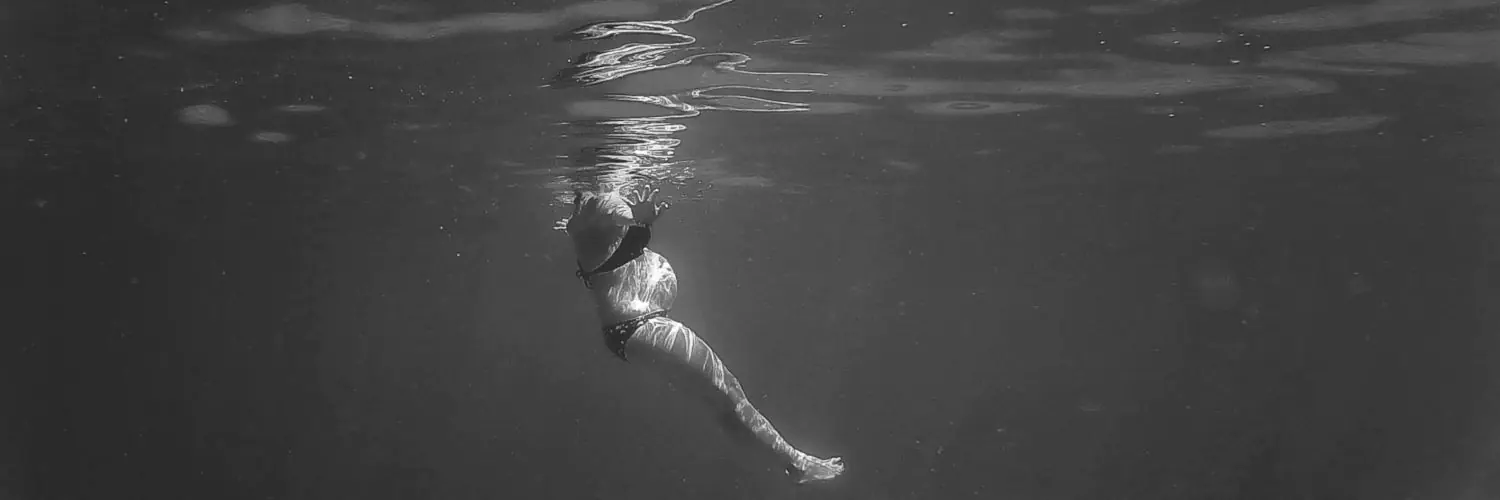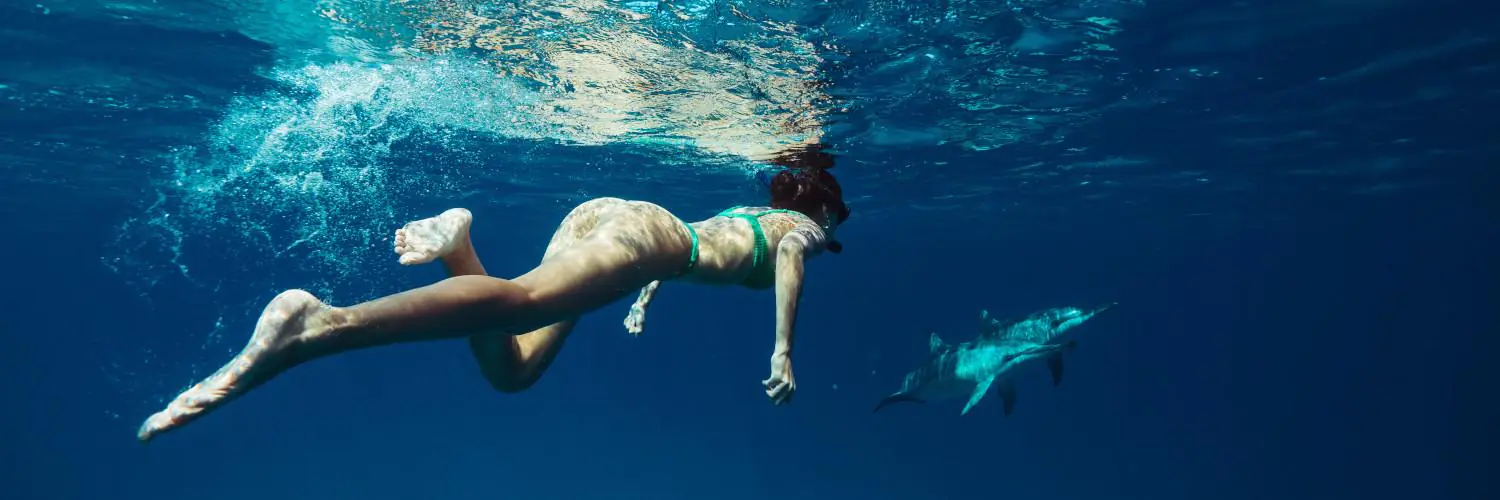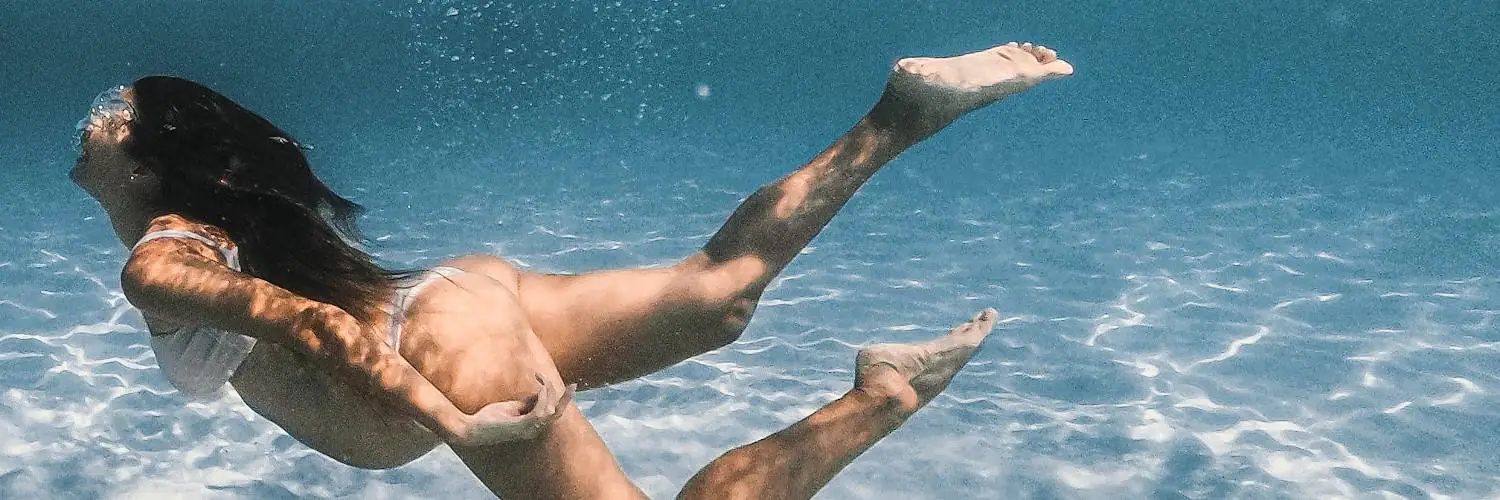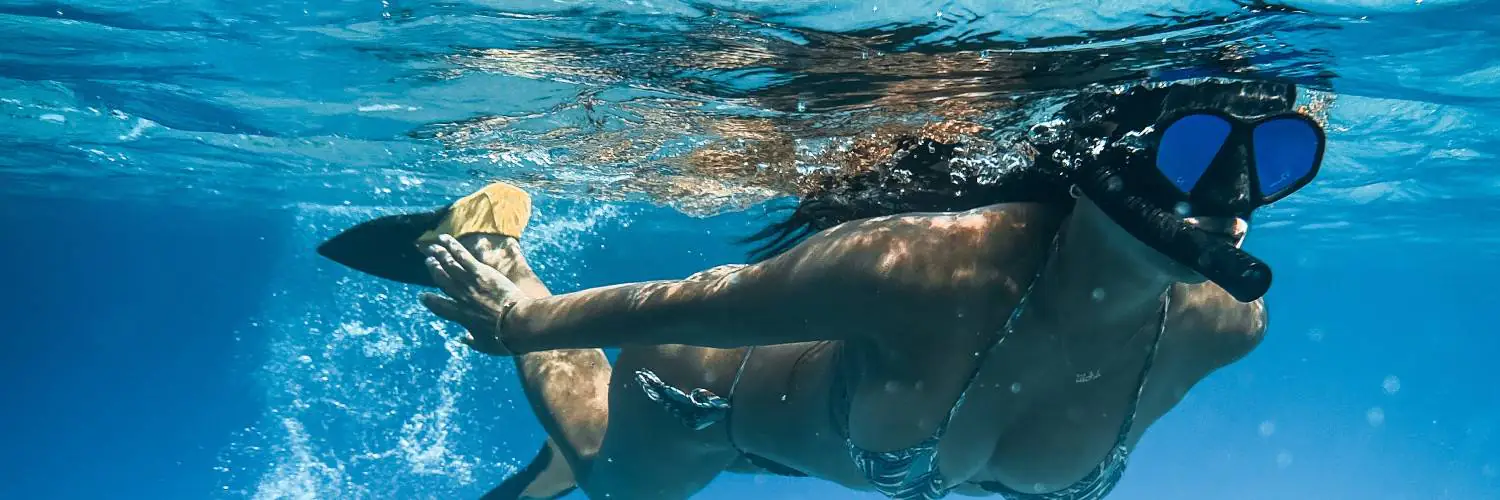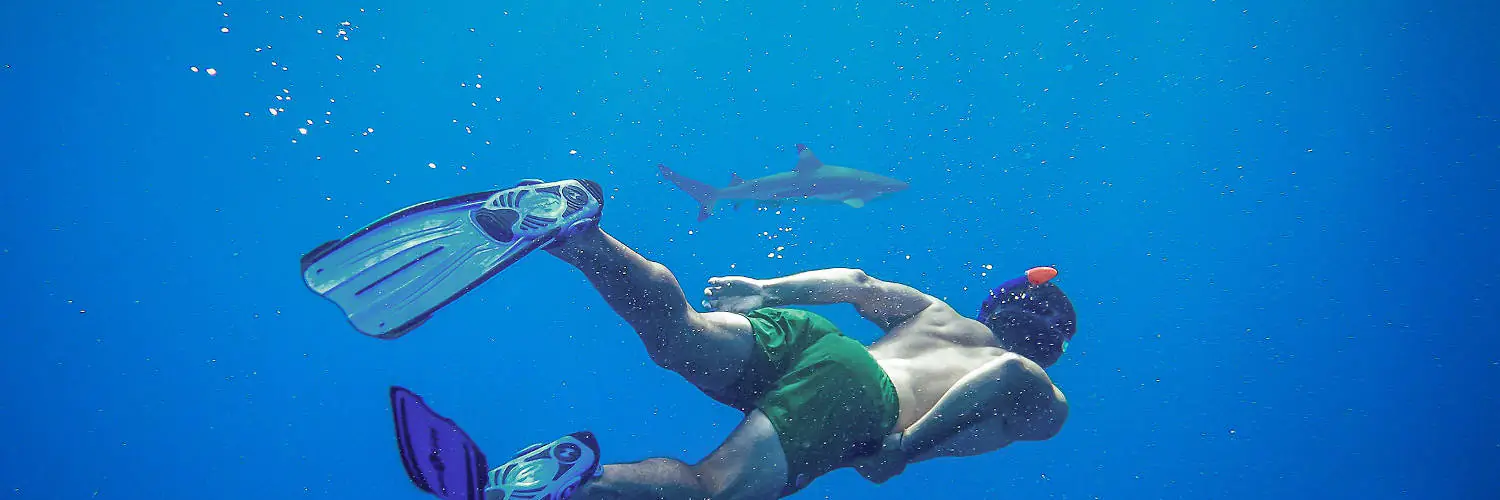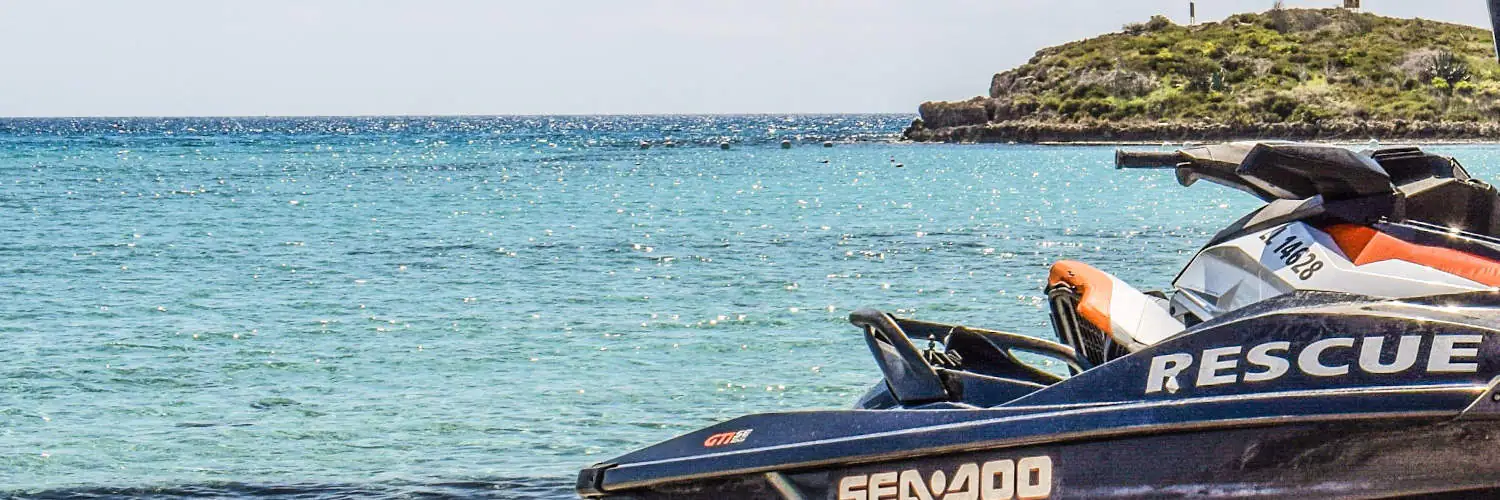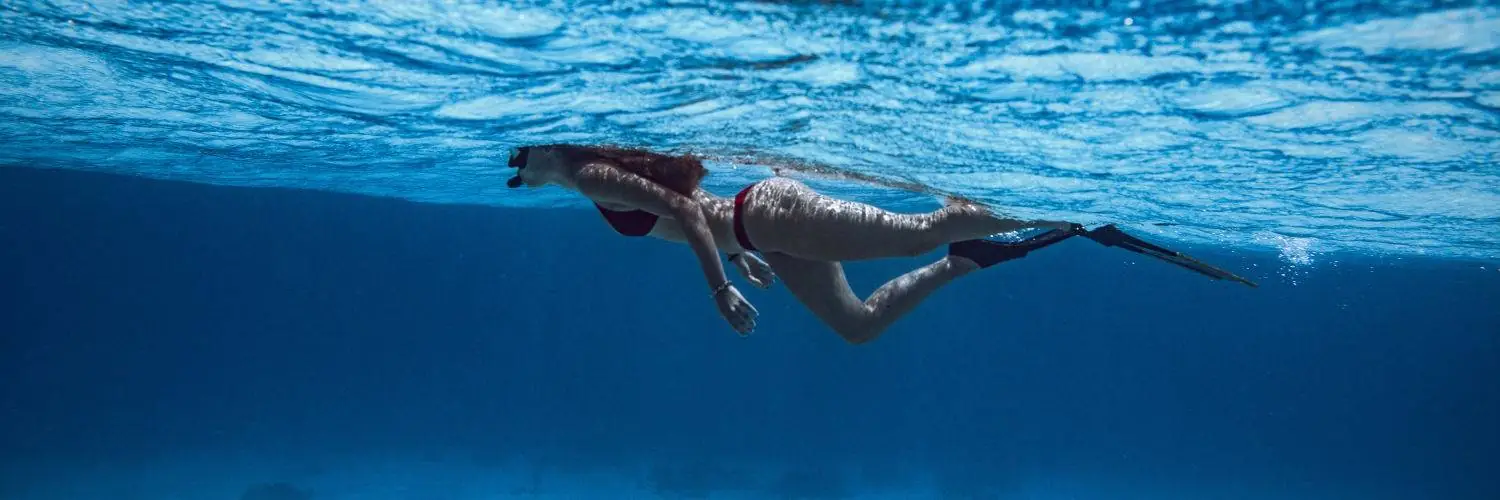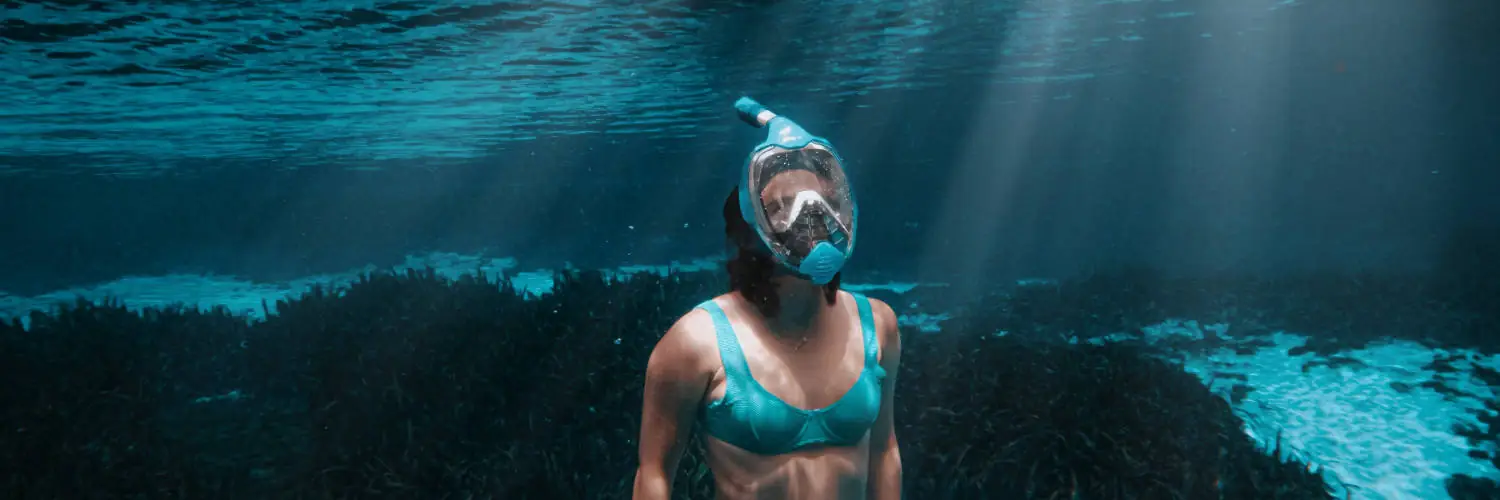Table of Contents
Snorkeling Raft Essentials: Your Guide to Floating and Diving Combined
A snorkeling raft is an innovative water accessory that offers comfort and convenience for underwater exploration. Designed with a transparent viewing window, it allows users of all ages to observe marine life without the need for a snorkel mask or submerging their head underwater. These rafts are usually inflatable and can be an excellent option for families with children or anyone who prefers to stay afloat while still enjoying the underwater views.
Safety is an important aspect of using a snorkeling raft. It provides a stable platform on the water, reducing the risk of exhaustion for swimmers and offering a rest point for those who need it. The rafts are easy to maneuver and often come with safety features such as grab ropes or handles. This makes them a safe choice for both novice and experienced snorkelers looking to engage with the aquatic environment in a more relaxed way.
Snorkeling rafts cater to a broad audience because of their ease of use and the universal appeal of experiencing marine ecosystems. They do not require users to have the swimming proficiency necessary for traditional snorkeling, which often involves using a mask and snorkel tube, thus making them accessible to a wider range of people. This inclusivity, combined with the practical benefits of comfort and safety, underscores the growing popularity of snorkeling rafts in aquatic recreation.
Essential Gear
Choosing the right equipment is crucial for an enjoyable and safe snorkeling experience. The gear must be functional, comfortable, and suitable for the snorkeler’s age and skill level.
Choosing the Right Snorkel Mask
Selecting a suitable snorkel mask is essential for clear vision underwater. Masks come in various shapes and sizes, and finding one that fits snugly without being too tight is key. For those looking to capture their underwater adventures, masks with built-in camera mounts are available. Aqua-optics lens technology can be a significant addition for individuals needing prescription lenses.
Rafts for Every Age Group
Snorkeling rafts, like the Aquavue Voyager, offer an alternative for those who prefer to stay afloat while observing underwater life. They come in different sizes to cater to all age groups, including kids’ snorkeling rafts that are both safe and engaging for younger swimmers. It is important to choose rafts that are stable and lightweight, making them easy to carry and maneuver.
Innovations in Snorkeling Rafts
The snorkeling gear market has seen innovative designs in rafts. Modern snorkeling rafts are equipped with transparent bottoms that provide a window into the marine world below, removing the need for full-face masks for those who prefer more casual floating experience. Some rafts also include additional storage compartments for carrying snacks, drinks, or personal items.
Wildlife Interaction
Engaging with marine wildlife is a core aspect of the snorkeling raft experience, offering enthusiasts a direct look at ocean ecosystems and their inhabitants. Here, one can observe dolphins and turtles, explore vibrant coral reefs, and adhere to guidelines when watching whales, contributing to a sustainable and respectful interaction.
Observing Dolphins and Turtles
Encounters with dolphins and sea turtles are a highlight for snorkelers. Spinner dolphins are often spotted during snorkeling excursions, displaying their acrobatics and playful behavior. Sea turtle sightings, particularly around reef areas, allow snorkelers to observe these graceful creatures in their natural habitat, often grazing on seaweed or leisurely swimming.
- Dolphins: Look out for pods, typically in the mornings or late afternoons.
- Sea Turtles: Turtles may be seen near the surface or on the sea bed.
Exploring Coral Reefs
Coral reefs are bustling with activity and are a safe haven for a diverse range of marine life. Snorkeling tours offer a chance to float above these underwater ecosystems, witnessing the symbiotic relationships between fish and corals.
- Fishes: Brightly colored and varied; a visual treat amongst the corals.
- Corals: Delicate structures; avoid touching to prevent damage.
Whale Watching Guidelines
When it comes to observing whales, strict guidelines help to ensure these magnificent creatures are not disturbed. Boats must maintain a safe distance, allowing whales to exhibit natural behaviors undisturbed by human interference.
- Whales: Enjoy from a distance; respect their space and movements.
- Guidelines: Follow local regulations to protect both whales and observers.
Destination Highlights
Embarking on a snorkeling raft adventure offers an unparalleled opportunity to connect with the marine environment. These excursions provide intimate encounters with the coastal wonders, from the iconic Na Pali Coast of Kauai to the Big Island’s diverse aquatic life.
Snorkeling in Kauai
Kauai, often referred to as the “Garden Isle,” presents snorkelers with a tapestry of marine biodiversity. The clear waters and abundant reefs are sanctuaries for a myriad of fish and sea creatures, making it a premium destination for underwater explorations. Snorkeling tours here often include visits to vibrant coral reef sites where visibility is excellent and marine life flourishes.
Discovering the Na Pali Coast
The Na Pali Coast, with its sheer cliffs and primitive beauty, is accentuated by sea caves and waterfalls that plunge directly into the ocean. Snorkeling trips along this coastline expose adventurers to this rugged landscape, often with excursions into the open sea caves accessible only by small crafts like rafts. The area’s pristine nature makes it a spectacular backdrop for both snorkeling and sightseeing.
Big Island Adventures
The Big Island, or Hawai’i Island, is celebrated for its snorkeling spots in Kona and beyond. Its clear waters offer visibility for snorkelers to observe the island’s unique underwater topography and marine life. Excursions in this region might include encounters with manta rays and exploring the diverse ecosystems that lie just below the water’s surface. The Big Island’s volcanic origins also create a dramatic seascape of underwater formations to discover.
Safety and Preparedness
When embarking on a snorkeling adventure, safety and being well-prepared should be a snorkeler’s top priorities. It is essential to understand weather patterns that can affect snorkeling conditions and to ensure that all safety equipment is accounted for and in good condition before setting out.
Understanding Weather Patterns
Snorkelers should always check the local weather forecast prior to heading out. Waves and currents can dramatically impact the safety of a snorkeling experience, especially during winter months when conditions are typically more volatile. It is crucial to be aware of any potential weather changes that could result in dangerous situations, such as unexpected waves or a sudden waterfall of rain.
Checklist for Weather Patterns:
- Monitor marine weather forecasts.
- Be aware of any wave or wind advisories.
- Understand the implications of snorkeling in winter conditions.
- Note any possible operator cancellations due to weather.
Safety Equipment Checklist
Adequate preparation includes a thorough review of all necessary safety equipment before entering the water. This checklist ensures snorkelers have a safe experience:
Safety Equipment Required:
- Snorkel and mask: Verify they fit correctly and are free of defects.
- Flotation device: Confirm availability and functionality, especially for weak swimmers.
- Protective sunscreen: Use a reef-safe product to safeguard skin against harsh sunlight.
- First aid kit: Include marine-specific items such as vinegar for jellyfish stings.
- Restroom facilities: Ensure access to restrooms before lengthy excursions.
- Buddy system: Never snorkel alone; always have a partner or a crew.
By adhering to these guidelines and preparing appropriately, snorkelers can minimize risks and focus on enjoying the underwater world.
Planning Your Excursion
When embarking on a snorkeling raft excursion, careful planning is crucial to ensure an enjoyable and safe experience. The right tour selection, essential gear, and a reliable tour operator can make all the difference in your underwater adventure.
Selecting a Snorkeling Tour
One should consider the duration and specificity of a snorkeling tour. For instance, a 2-hour Molokini Crater tour offers ample time for snorkeling, while a 5-hour excursion might include additional sights such as the back wall of Molokini and opportunities to swim with Hawaiian Green Sea Turtles. If staying on the north shore of an island such as Kauai, one may opt for a tour that departs nearby, providing easy access and a unique coastal perspective.
What to Bring
Participants are advised to come prepared with snorkeling essentials including:
- Swimsuit and Towel: For comfort in and out of the water.
- Sun Protection: Reef-safe sunscreen, hat, and sunglasses.
- Underwater Camera Mount: To capture your snorkeling memories.
- Food and Drinks: Though some tours provide these, bring extra snacks and water.
Evaluating Tour Operators
A thorough evaluation of tour operators is essential. Travelers should research reviews and assess the inclusion of amenities that can enhance the experience, such as included lunch or drinks. Additionally, ensure the operator provides a safety brief and has a knowledgeable first mate. Some tours offer the added bonus of educating guests on the history of the locations visited. The price should reflect the value, taking into account these inclusions and the overall quality of the boat tour.

